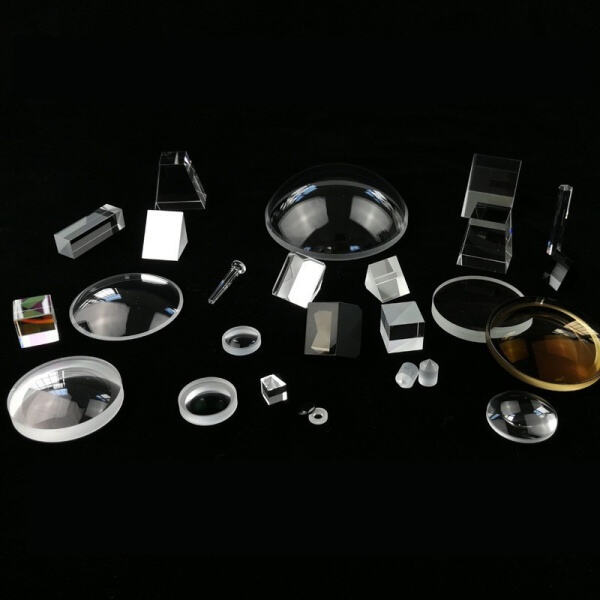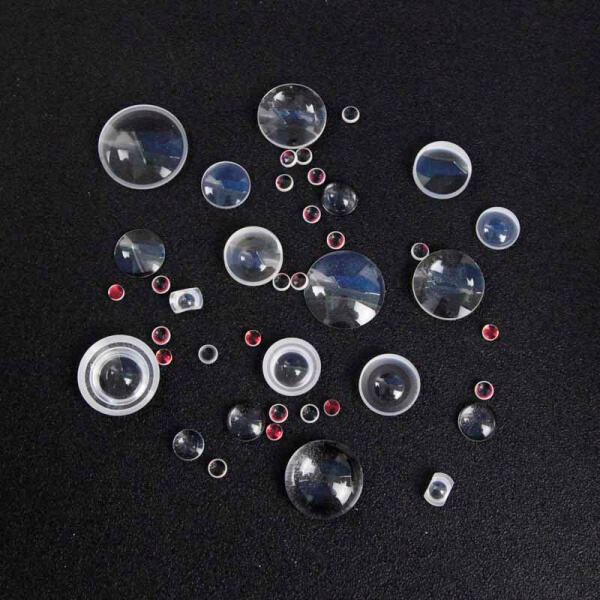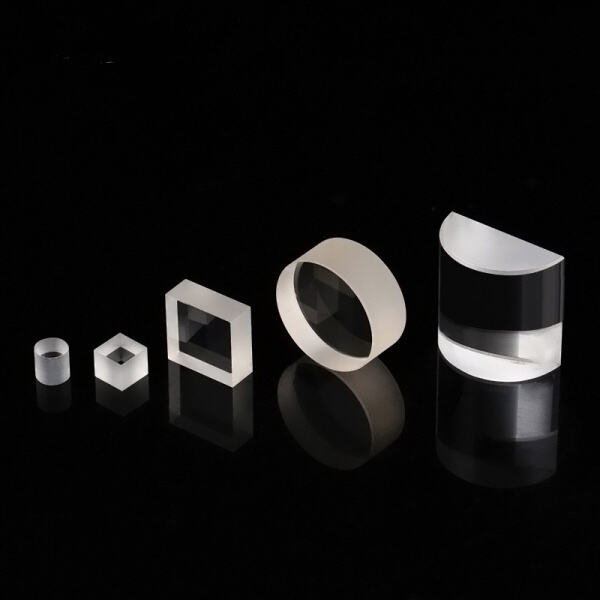
-
+86-156 60188203
[email protected] - Dazhai, Nanyang City, Henan Province China
- Llun - Sad 8.00 - 18.00 Sul Agos

Mae llygaid yn fath arbennig o offer sy'n wella'n gweld drwy gymysgu a chymryd lle i'r golau. Mae hefyd yn ychwanegu elfen bwysig i'r ffordd rydyn ni'n deall y byd am ein glin. Mae llygaid ar gael mewn mathau wahanol, ond un o'r fwyaf arbenig yw llygaid sfferig a llygaid cylindrig. Mae'r llygaid hyn yn corffesi problemâu gweld y mae llawer o bobl â nhw, ond maen nhw'n ei wneud mor wahanol bach.
Mae llygad yn gyffredinol yn sffêrig (cyfyrdd yn yr un faint o bob le ar draws fel pêl). Maen nhw'n defnyddiol iawn ac maent yn cael eu defnyddio i gywirio rhywfaint o broblemau gweld megis tueddu i weld llawer, tueddu i weld llan, a chasglu astigmataidd, eta. Mae llygaid sffêrig yn benderfynu golau mewn ffordd fyddai'n caniatáu i'r golau fynd trwynt yn briodol i'w gefnogi ar y retinia, rhan o'r llygad. Mae'r retinia'n bwysig achos mae'n anfon isgyfeiriau at ein mysg i greu'r delweddiwn rydyn ni'n eu gweld. Pan nad yw'r golau'n cyfarfod yn gywir, rydyn ni'n gamu i weld yr eitemau'n glir.
Mae llygaid cylindr yn wahanol iawn. Maen nhw'n gwneud morfyn yn un ffordd dim ond, fel y byddai cylindr. Mae'r llygaid hyn yn cael eu cynllunio arbennig i gywiro amod sy'n cael ei alw'n astigmataidd, sy'n gallu achosi delweddau i ddim mor glir. Mae'r astigmataidd yn digwydd pan mae'r cornea, rann fach glas allanol ein llygad, yn cael ei siâp yn anffurfiol. Mae hyn yn achosi'r goleuni i morfu'n annhegyddol, ac mae'n caniatáu delweddau difrifol. Mae llygaid cylindr yn cywiro am hyn oherwydd maen nhw'n canoli goleuni yn llawer llai mewn un ffordd na'r arall, yn dod â delweddau i'w gilydd yn well a'i ffocws.
Mae'r ddau fath o llygaid sfferig yn bennaf, sef llygad concfwnc a llygad convfwnc. Mae llygaid concfwnc yn cyfeirio at lygad sy'n llai tebyg yng nghanol na'i glwch. Maen nhw'n adeiladu goleuni allan, sy'n gallu gwneud penderfynion ar rai broblemau golli syni. Ar yr llaw arall, mae llygaid convfwnc yn fwy tebyg yng nghanol na'i glwch. Mae'r math hwn o lygaid yn golygu goleuni fewn a chyfrifol am ei gymryd yn well. Gan ddefnyddio cynghyrebiad o lygaid concfwnc a convfwnc, gall pobl weld yn wellach.

Yn i ni wedi dweud yn flaenorol, maent yn cael eu defnyddio i gywiro astigmataid. Gyda thystiolaeth, nid yw'r cornea yn cael ei drefnu'n gyfan gwlad. Mae'r siâp anredeg hwn yn adeiladu goleuni yn wahanol, gan achosi torgi. Nawr, mae'n mynd i fyny pan fydd llygaid cylindr yn dod. Maen nhw'n cwrr o'u dechrau i lawr, yn adeiladu goleudi yn y cyfeiriad hwn. Mae hyn yn caniatáu i'r goleu gymryd yn gywir ar y retina, yn wellhau ymysgolion y dyn.

Bydd arholi llygaid yn cael ei wneud gan gyfarwyddwr llygaid yn helpu penderfynu'r llinosau penodol sydd eu hangen i rhywun. Yn y broses hwn, bydd y doctor yn asesu camlofruddio'r cornea, gweld os yw'r gweinydd yn mynyddogol neu llawenyddol, a mesur swm yr astigmataidd. Ar ôl i'r triallau gyfan ddod i ben, bydd y doctor yn recrioddef llinosau penodol i orffen problemau llygad y gweinydd.

Yn rhai achosion, mae'n rhaid i unigolion gyda lefel uchel o astigmataidd ddefnyddio llygad cyfunol sffêriol a chylindr. Mae'r llygaidau arbennig hyn yn cael eu hanfon fel llygaidau torig. Maen nhw wedi eu gwneud i'helpu â phroblemau mynyddoedd llawerach neu fynyddoedd bachach - gyda chorchi wrth wneud pethau'n glir gan ddod o'r astigmataidd. Nid oes gan llygaidau torig dim ond un cyfeiriad o bwyso fel set llygaidau cylindr; maen nhw hefyd yn cael llawer i'w gilydd ar yr un ffordd â llygad sffêriol. Mae hyn yn ailsiapo'r rhan ffrwm o'r golofn glir sydd â'r wyneb y drws, y corien, ac er mwyn dod â lle i alw am ddelweddau addas fel bod y llygaidau'n gallu gweld yn well.
Gymro ein cwmni sy'n gweithio ar gyfer a chyflogi llai na 60 o weithwyr. Mae gennym wybodaeth gyfoethog am allfor, mwynediad a chydweithrediad rhyngwladol. Rydym yn gwasanaethu llai na 3000 cleient dros 80 o lygaid sfferigol a chylindrifol.
gyda chertifiad ISO9001, tystiolaeth busnes newydd technoleg Cynnal Prydain, CE, a chertifiad SGS mae'r cwmni'n gymryd llai na 300 set o drefn cyflawn a llai na 10 o lygaid sfferigol a chylindrifol, rydym yn canolbwyntio ar ansawdd uchel ein cynnyrch.
Nanyang Jingliang, lensoedd rhanbarthol sffêriol a cliriadol, yn cyfarch 10,000 metr sgwâr o ardal. Mae ein cwmni yn arbennigol mewn prosesu prysmoedd oedolynol, cynllunio systemau oedolynol, a chynhyrchu a threthu. Rydym yn gallu ateb pob un o gofynion camdrain oedolynol.
Mae ein cwmni gyda phrofiad gwneud prysmoedd oedolynol yn seiliedig ar ddogfennau'r cleifion, o maintau bychan i fawr. Mae nifer y modelau cynhyrchu ar gael ar-lein yn llai na 400. Rydym â phrofiad prosesu lensoedd sffêriol a chliriadol ar draws amrywiad o fathau o brodyctâu i'w dylunnu'n benodol.
Copyright © Nanyang City Jingliang Optical Technology Co., Ltd. All Rights Reserved — Polisi Preifatrwydd